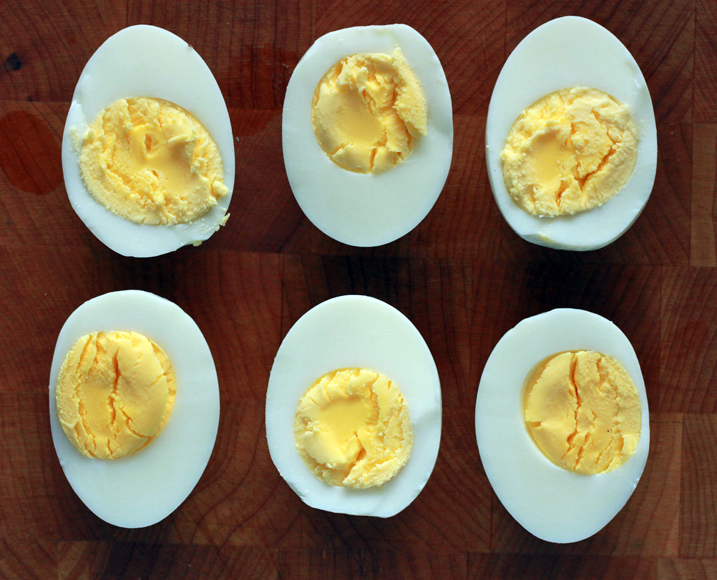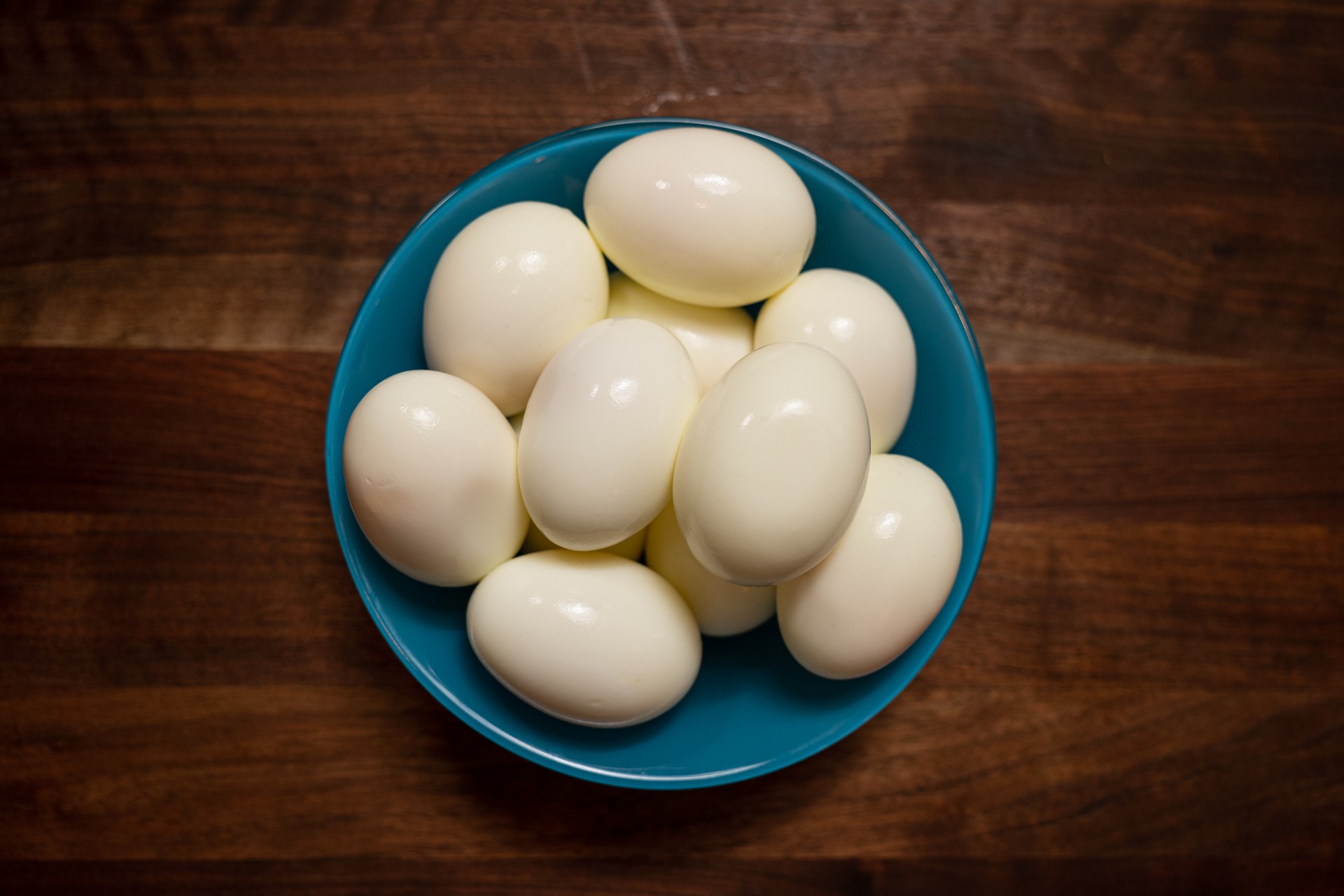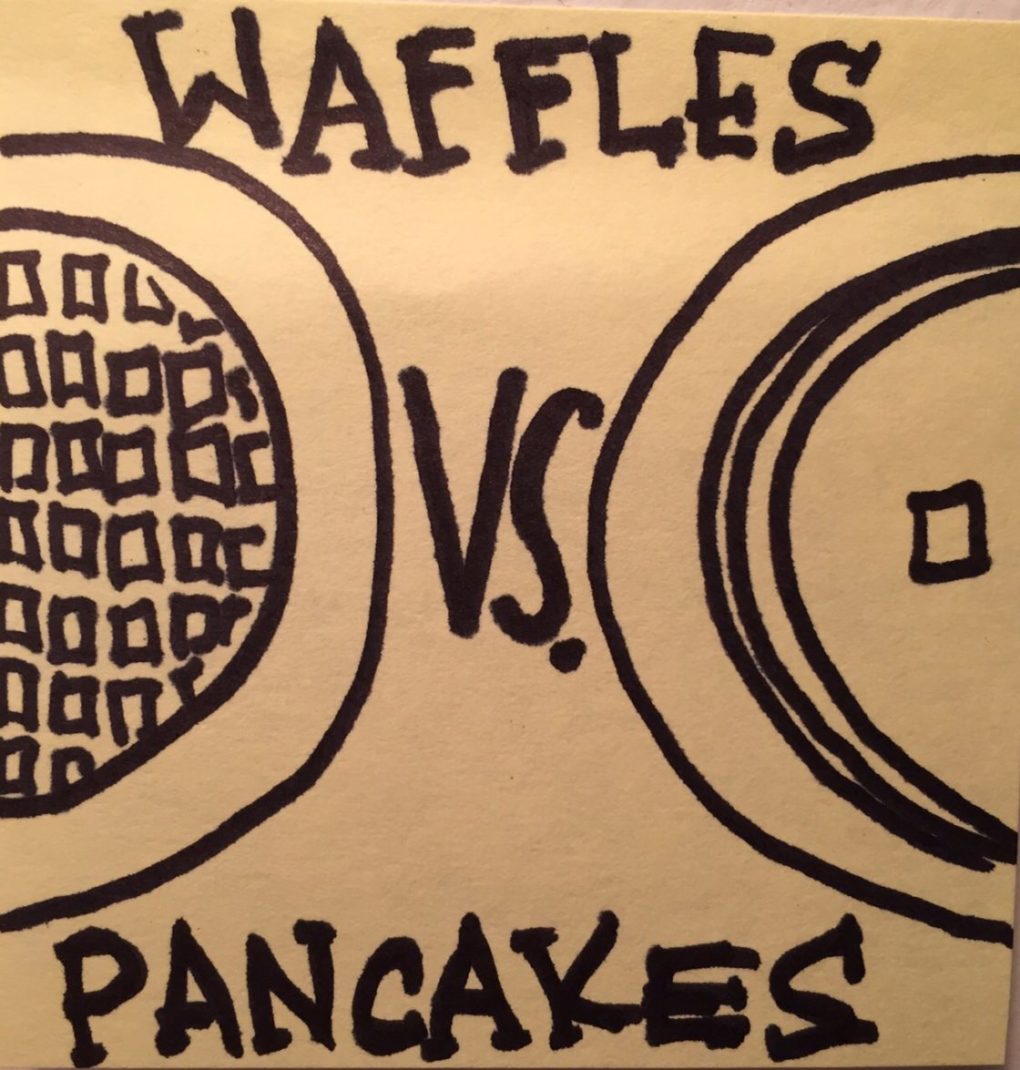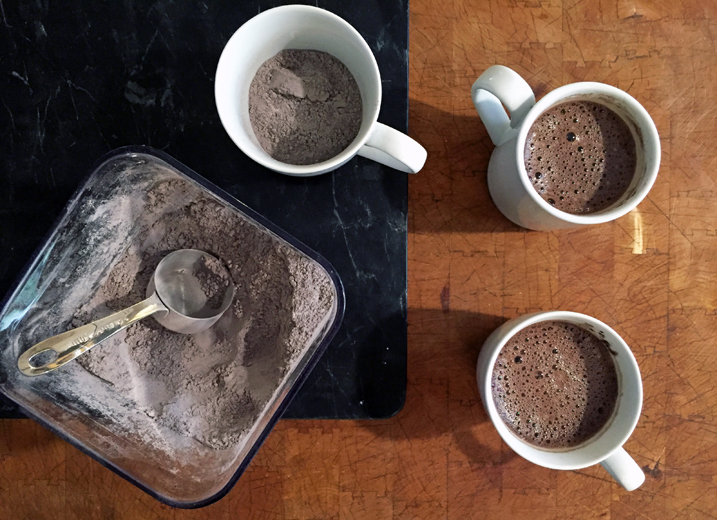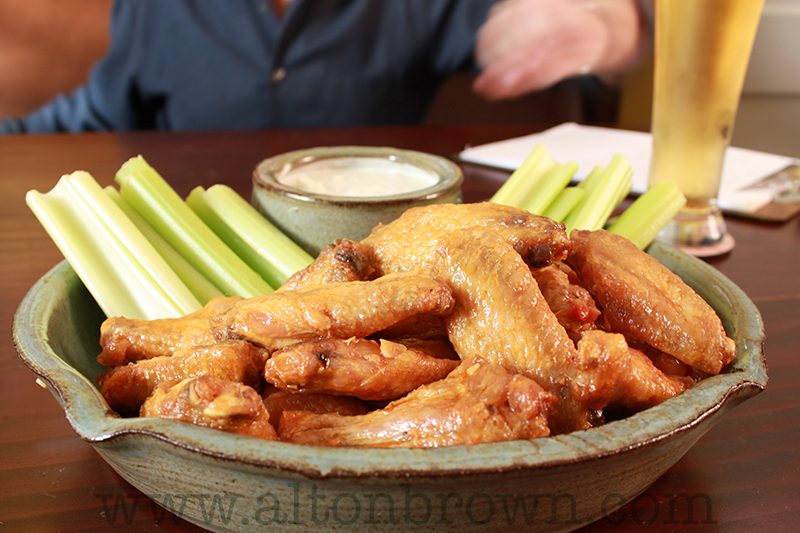
Over the years, I’ve tried almost every method of hard-cooking eggs: steaming, starting them in cold water, baking them in the oven, even throwing them into boiling water. I still stand by steaming as a reliable method for perfectly hard-cooked eggs that are relatively easy to peel, but recently, I’ve taken to steaming eggs in a pressure cooker for the easiest peeling I’ve ever experienced.
I realize that this method is nothing new to the interwebs, but I’ve been bothered by the various explanations I’ve found for the phenomenon.
The general consensus is that the increase in atmospheric pressure inside the cooker forces the airspace inside the egg to expand. Any trained scuba diver can attest to the fact that this makes no sense whatsoever. It’s just not how gasses work.
However, I do believe that pressure is a factor. As the temperature of the air inside the egg rapidly rises in the pressure cooker, it wants to expand. It makes sense that the increased atmospheric pressure (typically 7 to 8 psi in most electric pressure steamers) prevents that air from escaping through pores in the shell.
But even if pressure makes some difference, I don’t think it makes that much difference. Three other factors are of far greater importance in easy peelability:
- Age increases the size of the airspace as well as the pH of the eggs, thus weakening the bonding power of the internal membranes. The ideal pH is 8.6 to 8.9, which a typical chicken egg reaches about 10 days after being laid.
- Eggs that are quickly heated are easier to peel than eggs that are slowly heated. Fast cooking prevents the white from bonding so epoxy-like to the outer membranes. Since pressure seamers can generate temperatures between 230°F and 250°F, I suspect that this is actually why folks think they’re magic egg machines.
- Thorough cooling eases peeling by allowing the proteins in the albumen (the egg white) to fully set and harden, thus preventing tearing.
So, do I like a pressure steamer for hard-cooked eggs? I do. They’re fast, economical, and they definitely heat eggs to a higher temperature than boiling water. But, they’re not magic. In the end, you’re still better off letting your eggs age a few days before putting that cooker to the test.
Here’s how to do it:
You can use a steamer basket for this application or, you can fashion the famed and fabled Steel Lotus: 3 collapsible metal steamer baskets threaded together with a few odds and ends from the hardware store. It’s perfect for pressure steaming…as long as you don’t make it too tall for your cooker.
Eggs Under Pressure
12 large eggs
1 cup cool water
In a Stove-Top Pressure Cooker
Set the eggs on a steamer basket or a two-tiered Steel Lotus. Pour the water into the electric pressure cooker and add the steamer basket of eggs. Secure the lid.
Bring the pressure cooker to low pressure over medium-high heat. If your pot doesn’t have a marker for “low,” listen for a low hiss. The pressure cooker will take about 7 minutes to come to pressure, then set a timer for 6 minutes for a total of 13 minutes of cook time.
After 13 minutes, kill the heat and release the pressure on the cooker — most modern cookers use a spring-loaded device and will feature a release switch-button. If you don’t want to wait, simply move the cooker to the sink and spray the lid and sides with cool water. Immediately plunge the eggs into an ice bath. Cool to the touch (at least 5 minutes, 20 is better) and peel.
In an Electric Pressure Cooker
Set the eggs on a steamer basket or a two-tiered Steel Lotus. Pour the water into the electric pressure cooker and add the steamer basket of eggs. Secure the lid, close the pressure valve and set to “steam” on low pressure for 6 minutes. The pressure cooker will take about 9 minutes to come to pressure, then it will start the 6-minute timer (15 minutes total cook time).
After 15 minutes, release the pressure valve until the cooker loses all pressure (about a minute) and immediately plunge the eggs into an ice bath. Cool to the touch (at least 5 minutes, 20 is better) and peel.
Store peeled eggs covered in water to reduce the sulfur smell associated with boiled eggs.
Hardware: stove-top or electric pressure cooker, steamer basket or Steel Lotus
Yield: 12 steamed eggs
Active time: 5 minutes
Total time: 38 to 40 minutes








